Having access to the global classroom allows young geographers to engage with new environments enabling them to discover differing landscapes and effects of change, in line with the geography curriculum.
Fostering curiosity, developing understanding
These may be recognisable words for many who have spent time exploring the National Curriculum. However, for others these words ring true as reasons why teachers dedicate themselves to take on the profession. Developing a fascination about the world and its people is made all the easier to digest with one experience alone – travel.
Bearing in mind many students who venture abroad with their school are taking their first steps into new cultures without the hands of their parents by their side, it can seem an almost daunting experience. For anyone who has travelled solo, this experience can be as formidable as it can be eye-opening. The immediate benefit of joining an educational tour is having the support of the group.
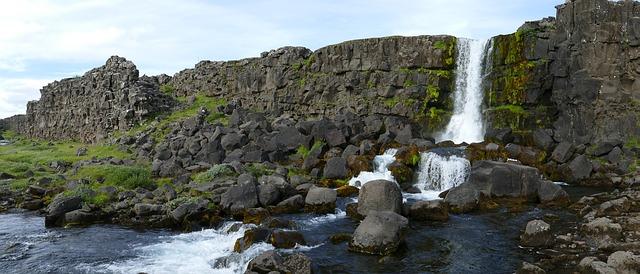
For young geographers taking on a school trip with their peers, the geological phenomena they explore is quite simply… phenomenal. Curiosity is lit and fascination is fanned as students gain a burning desire to understand the striking contrasts found in USA’s Death Valley and how landscapes in Iceland have been shaped by volcanic activity. Having access to this global classroom allows the group to engage with new environments enabling students to discover first-hand the differing landscapes and effects of change. Reinforcing the work completed in the classroom, the chance to explore adds value and context to the learning for the student. Accepting, digesting and retaining the information therefore has a better chance of occurring.
Dissecting the geography curriculum
The Learning Outside the Classroom (LOtC), English Outdoor Council, and Learning Away all voice the benefits of outdoor learning on the holistic development of the student. While this alone could justify the use of trips abroad at school, the nature of tailor-made educational tours – and in this case, geography – in supporting the learner through KS3 to GCSE shouldn’t be overlooked.
Extending locational knowledge may seem like a given, but this element of learning goes beyond pinpointing Los Angeles, Reykjavik, San José, or Poreč on a map. Understanding the make-up of the locale; unpicking the culture and what makes the area distinct from others; and making calculated judgements on the impact of the population on the area all come into play. This fits in seamlessly with understanding geographical similarities, difference and links between places. From the classroom to Þingvellir National Park in Iceland, learning the theory behind tectonic plates from a textbook is brought to life with a case study on Þingvellir’s position on the Almannagjá fault.
Choosing the ideal destination for your students can be easily achieved with excursions geared to the specific subject matter you want to cover. Learning outcomes can be generated and curriculum objectives covered whether it is place; space; scale; interdependence; physical and human processes; environmental interaction and sustainable development; or cultural understanding and diversity.
Whether your students have experienced a school trip before, have travelled extensively with family or have very limited experiences of travel, a geography tour abroad immediately allows learners to start making comparisons. Making comparisons against elements of physical geography is made possible through fieldwork on location encouraging students to consider, communicate, and share their deductions. The geography trip adds to the variety of sources available to analyse and pushes students to make links with geographical data. Combining with work back in the classroom, the geography delivers a well-rounded and comprehensive learning experience providing students with a greater number of options and insights into a subject made tangible through the tour.
Here we take a look at four destinations that provide schools with a variety of subject-specific options for a geography trip abroad.
West Coast USA
Geography students no longer need to be limited to trapesing boggy coastlines and being hit with sea spray. As much as this writer sees that as an ideal trek whether it is Cornwall or Normandy, West Coast USA certainly offers a different dynamic. In fact it offers more than one alternative with a tour that meanders its way from the metropolitan city of San Francisco, through the vast protected parkland of Yosemite National Park, and onto the intriguing Death Valley.


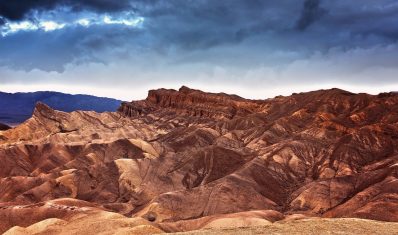
A trip to Death Valley will open students’ eyes to the vast sand dunes and allow the group to explore the great mystery around the Sailing stones. From Zion National Park where groups will be able to explore the deep and narrow gorge of Zion Canyon along with four life zones (desert, riparian, woodland, and coniferous forest), students can discover the monumental sight of the Grand Canyon.
Taking in the lights of Las Vegas, a trip back across Nevada and onto California’s Los Angeles presents an opportunity to see the impact of a dense population in a concentrated area. Explore the diversity set in the buildings that line Beverley Hills and top off the tour on Rodeo Drive. Variety of landscapes and opportunities for students to dive into study are in abundance on the USA West Coast providing groups with plenty to continue to explore back in the classroom.
Costa Rica
Variety. This one word doesn’t do justice to what Costa Rica offers, but it does give an immediate sense of what school groups can expect on a tour to the rugged Central American country. Students have access to one of the most biologically wealthy nations in the world with coral reefs adorning both coasts just the start of a geographer’s idea of heaven.

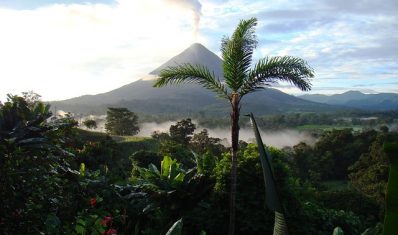
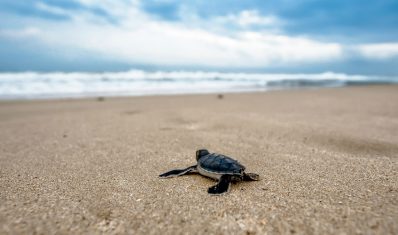
Cahuita National Park presents the ideal environment to study the ecosystems of the Caribbean Coast, including the many species of fish that live off the coast. The Costa Rican capital of San José remains not only significant for the purposes of tourism but as an example to students wanting to understand the impact of significant urban migration. From once sitting as an agricultural community, San José has developed into a sprawling metropolis located in the Central Valley. It sits in stark contrast to what awaits students at the Arenal volcano providing Costa Rica with hydroelectic energy for agricultural purposes. With the opportunity to also get involved with a turtle conservation project on the Gandoca Coast, Costa Rica is one trip that will not only impact students now but inspire young geographers to pursue an interest in the field.
Iceland
One of the world’s leading nations for sustainable energy, Iceland is as remarkable as its reputation has built over recent years. Awash with waterfalls, students will not only be taken aback by the picturesque nature of them but by the learning that can be garnered from studying them. The ‘Golden Falls’ of Gullfoss will see students learn about the site and the effect of sediments carried causing a brown tint in the glacial water.
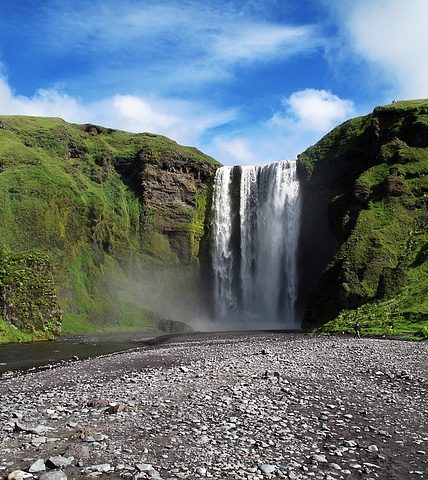
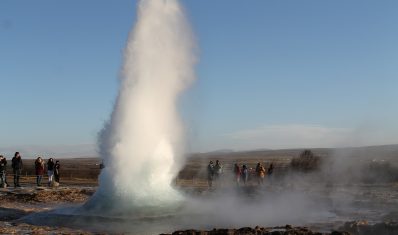
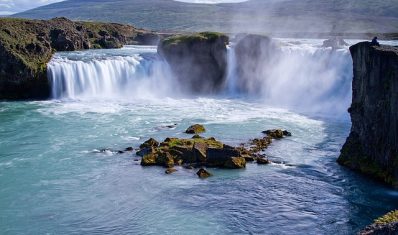
Few places present school groups to explore a glacier. The Sólheimajökull Glacier extends from the Mýrdalsjökull ice cap and allows students to take on a guided walk with specialist equipment. The area with its hovering scent of sulphur reminds groups of the volcanic nature of the land surrounding them. This can be further explored at the Hekla Centre which provides detailed information on the ‘hooded volcano’, Hekla. With an opportunity to visit the hydroelectric power station at Hjálparfoss, the Greenhouse Village of Hveragerdi, and the largest geothermal power station in the world at Hellisheiði, school groups will be forgiven to think Iceland was exists for geographers.
Croatia
A significant number of comparisons can made between Croatia and Italy, especially when students visit the town of Poreč. From its streets and the picture-postcard coastline that adorns the Istrian Riviera, the peninsular is the ideal place for groups to explore.
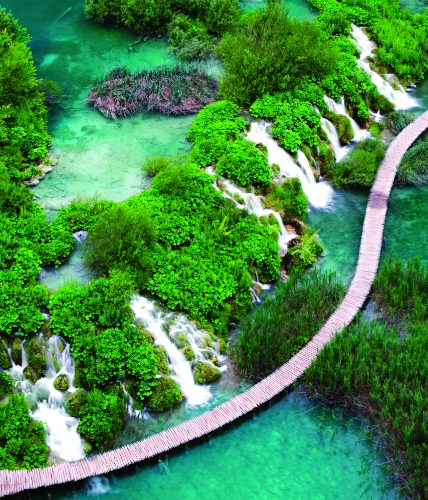
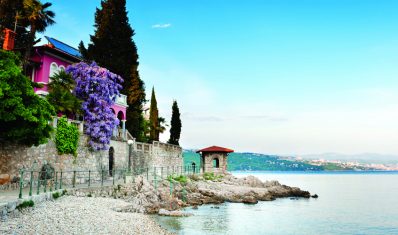
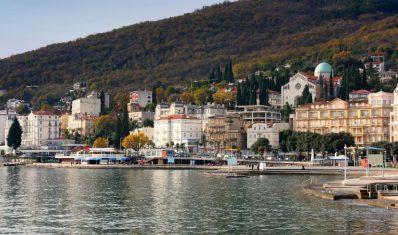
Located close to the city of Rijeka, Ucka nature Park gives students access to the canyon of Vela Draga which remains one of the most fascinating geomorphological sites in the park. It provides school groups with a chance to not only explore the rich vegetation, but understand how the environment caters to a number of rare and protected animals.
From caves to lakes and everything in between, Croatia presents school groups with a variety of areas to focus the study. Benefitting from a short flight time, students will soon be enjoying the wonders of UNESCO’s Plitvice Lakes and venturing into neighbouring Slovenia to tick another country of the list.
Go beyond ticking boxes
Getting out of the classroom and into the wider world presents young learners with a wealth of opportunities. New and intriguing environments allow for fieldwork to be taken to a new level and brings context from textbook learning. What is clear from the snapshot of countries mentioned above, there are endless opportunities available to not only achieve the goals of the National Curriculum for geography but deliver to students a learning experience that does more than impart knowledge. The geography school trip abroad brings a unique travel experience that truly adds value to investigative fieldwork and the understanding of human and physical geography.

Comments are closed here.